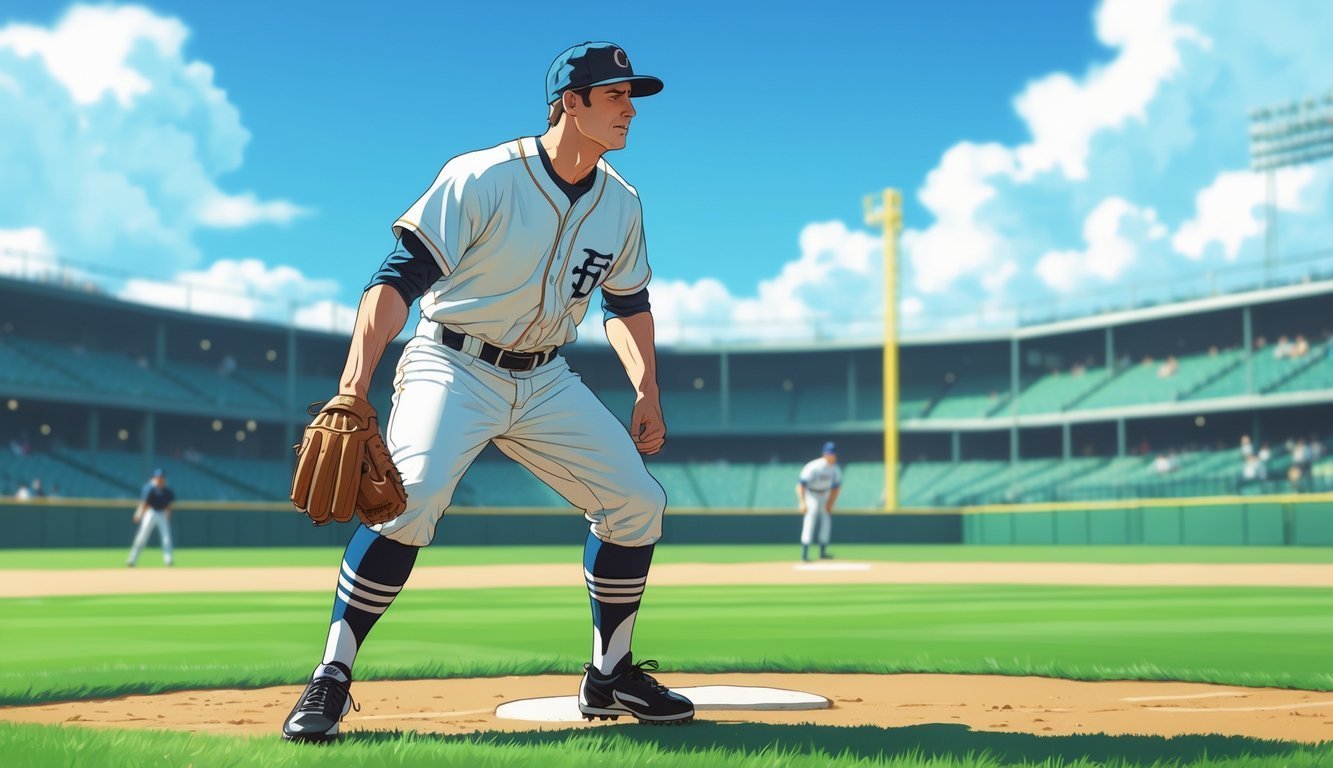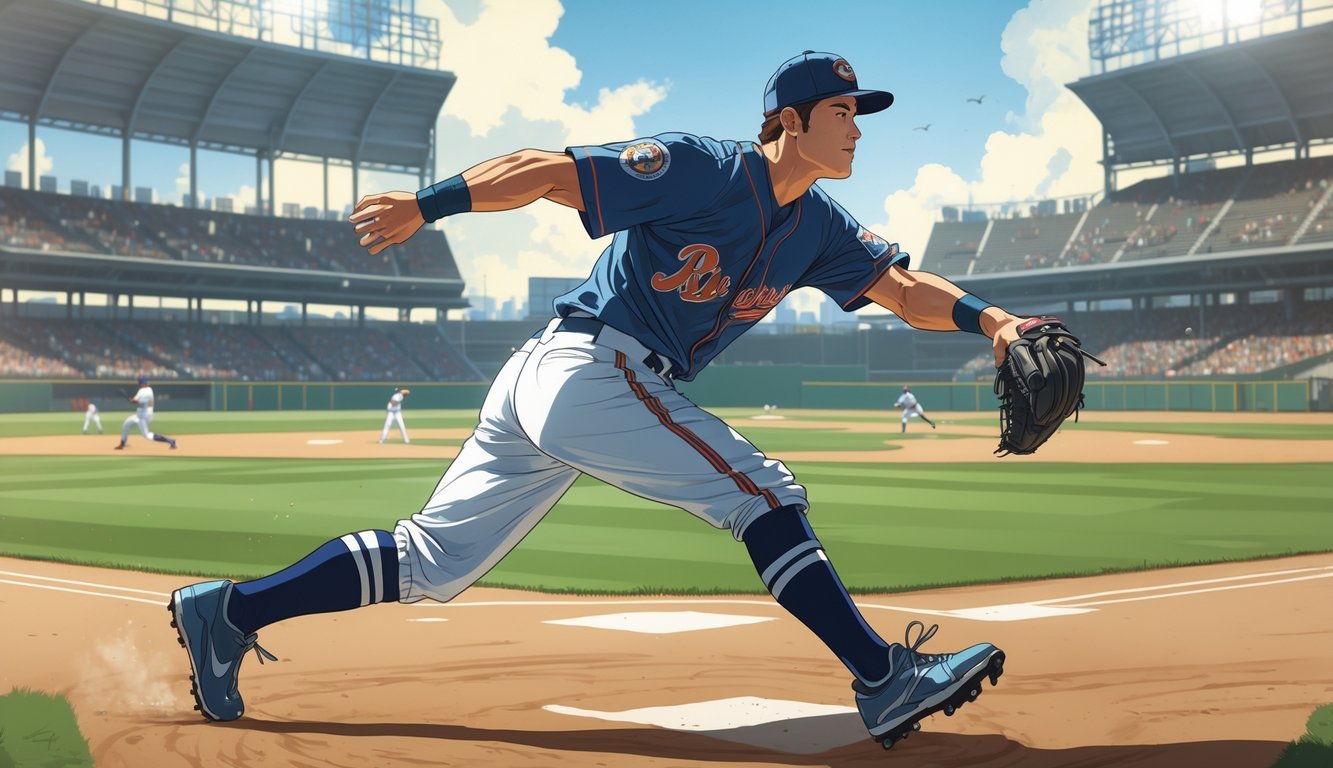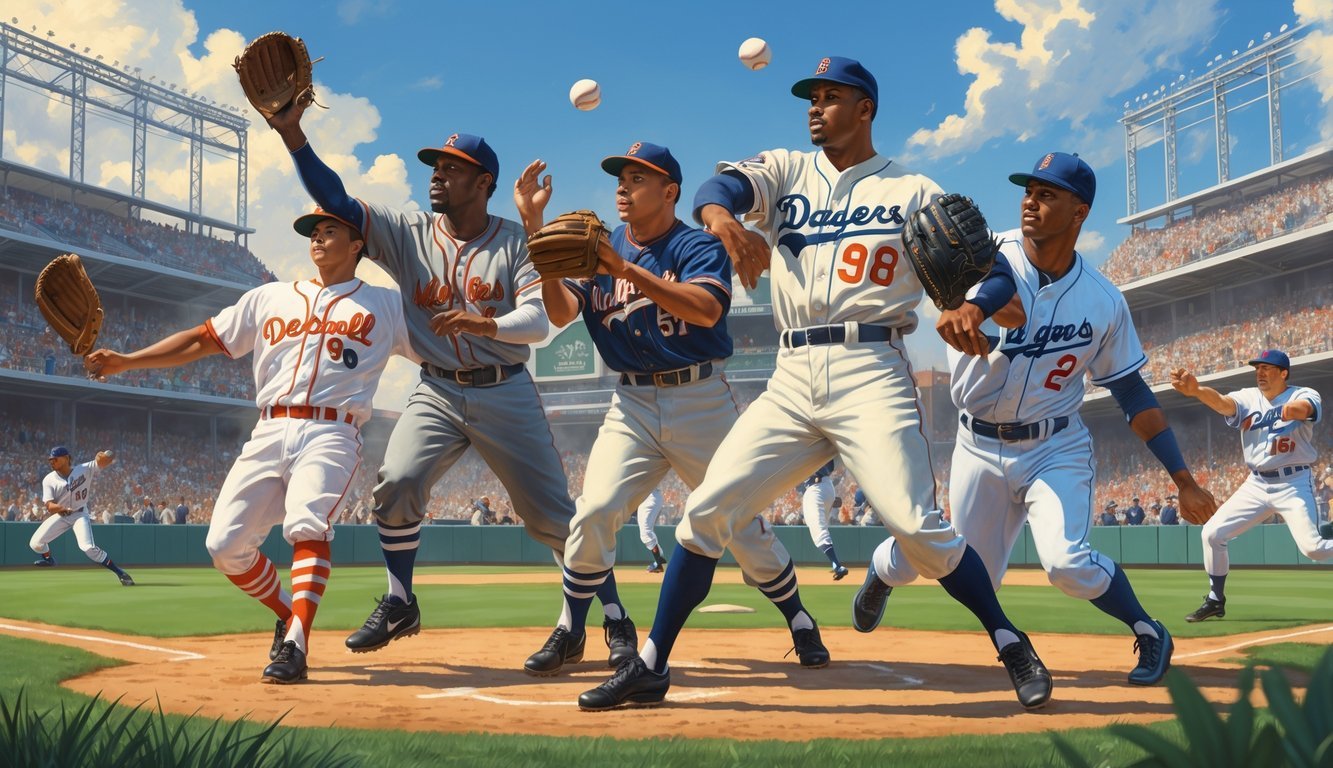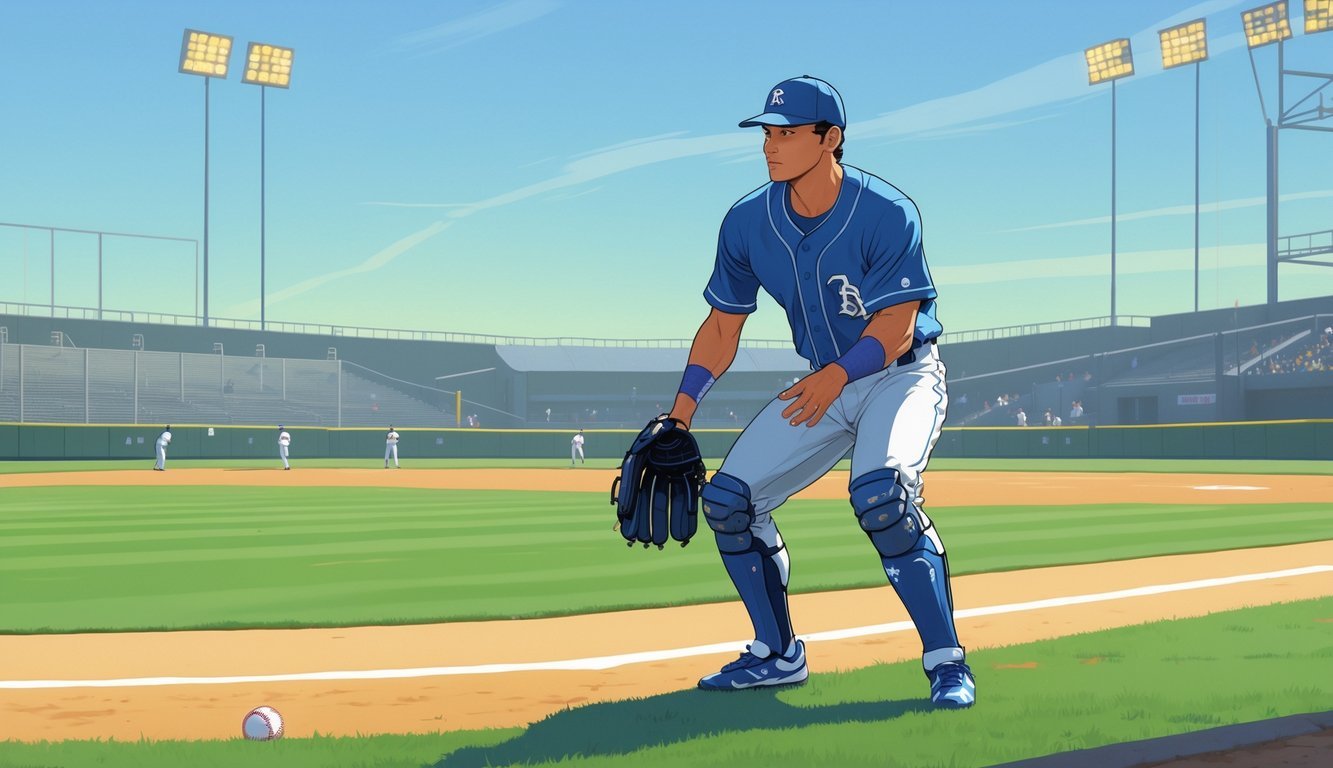PsychNewsDaily Publishers
100 Summit Drive
Burlington, MA, 01803
Telephone: (320) 349-2484
PsychNewsDaily Publishers
100 Summit Drive
Burlington, MA, 01803
Telephone: (320) 349-2484
A right fielder plays a vital role in baseball, requiring strong arms, quick reflexes, and sharp judgment to defend the outfield and contribute offensively.

A right fielder holds down a crucial spot in baseball. You defend the area in right field—the outfield section on the batter’s right side.
As a right fielder, you catch fly balls, field ground balls, and fire quick throws to the infield to keep runners from moving up. This role asks for speed, a strong arm, and sharp judgment. You’ve got to cover a ton of ground and come up big on key plays.
You don’t have to be the fastest on the team, but you do need to stay alert and ready for anything. Right fielders see plenty of hard-hit balls that can be tough to snag, and you’re often the last line to stop runners from scoring.
A bunch of legendary players have made right field their home, which says a lot about how important—and honestly, how fun—this position can be.
Whether you play, coach, or just watch, knowing what a right fielder does helps you appreciate how every spot on the field matters.
If you cover right field well, you can tip the game in your team’s favor. Let’s dig into what makes this position unique and what it takes to thrive out there.

When you play right field, you juggle defense and offense. You’ll need a strong arm, decent speed, and laser focus.
You cover a wide chunk of the outfield and back up your teammates. At the plate, you’re expected to contribute, too.
Your main job as a right fielder is to catch fly balls and field grounders near the right foul line. You stop hits from turning into extra bases by getting in front of the ball.
You also back up throws from the catcher, especially on plays at third base or home. Since you cover so much outfield, you need quick reactions and solid speed.
With the foul line and the sun often in play, you’ve got to stay ready for unpredictable bounces and tough catches near the wall.
Your throwing arm is probably your biggest asset. You need power and accuracy to throw out runners trying to stretch for extra bases, especially at third and home.
Speed and range help you reach fly balls and grounders fast. Quick reflexes and instincts let you react to line drives and weird hops.
You’ve got to talk with the center and left fielders to cover gaps. When you chase balls near the wall, you need to use your glove well and keep control.
Defense matters, but your bat can change games, too. A lot of right fielders in the majors are known for their hitting—think home runs and RBIs.
If you can keep a good batting average and boost your on-base plus slugging (OPS+), you’ll help your team put runs on the board. Even if your defense is solid, improving your offense makes you even more valuable.
Right fielders often swing for power. Sometimes, coaches will take a little less speed or range in the field if you bring extra pop at the plate.
Right field isn’t the same as left or center. You usually have the strongest arm in the outfield because your throws to third and home are longer and tougher.
Center fielders tend to have the best speed and cover the most ground. Left fielders back up third base and deal with balls near the other foul line.
Standing in right, you’ll sometimes battle the sun in late afternoon games. It can make catching fly balls a real challenge.
Your job is a mix of strong defense and good hitting. You’re a big part of both the outfield and the lineup.

Right fielders have shaped baseball with big arms, sharp fielding, and some serious power at the plate. Some names pop up for their Hall of Fame careers, while others are remembered for clutch moments or team loyalty.
A bunch of right fielders have made the Hall of Fame thanks to their bats and gloves. Roberto Clemente, Hank Aaron, and Tony Gwynn all made a huge impact with their hitting and defense.
Clemente grabbed 12 Gold Gloves—pretty wild, right? Reggie Jackson had a knack for big hits in big games and picked up several World Series MVPs.
Mel Ott and Al Kaline also took home Gold Gloves and MVP awards. Ichiro Suzuki mixed speed, defense, and offense, winning Rookie of the Year and MVP in the same season.
Their WAR (Wins Above Replacement) numbers show just how much they meant to their teams. Guys like Dave Winfield and Larry Walker also stand out for their consistent greatness.
Some teams are almost defined by their right fielders. For the New York Yankees, Babe Ruth is the obvious legend—no one changed the game like he did.
Today, Aaron Judge keeps that tradition going with his monster home runs. The Pittsburgh Pirates celebrate Roberto Clemente not just for baseball, but for his charity work.
The Baltimore Orioles had Frank Robinson, who won MVPs and helped build their reputation. Mookie Betts with the Red Sox and Kyle Tucker with the Astros are today’s stars carrying the right field torch.
Fans really connect with these players—they’re a big part of each team’s identity.
Over the years, right fielders have stood out for all sorts of reasons. Sam Crawford and Kiki Cuyler were early power hitters who set the tone for the position.
Mel Ott was the first National League player to hit 500 home runs—pretty impressive. More recently, Bryce Harper and Giancarlo Stanton have wowed fans with their power and intensity.
Enos Slaughter and Paul Waner became legends thanks to their speed and batting skills. Right fielders often blend offense with solid defense, giving their teams a real edge.
It’s no wonder this position has such a rich history in the game.

Right fielders play a unique role in baseball. They rely on strong arms and smart positioning.
Here are some quick answers about what right fielders do, who’s made the biggest impact, and what skills matter most.
Hank Aaron, Roberto Clemente, and Ichiro Suzuki all rank among the best. They stood out for their arms, defense, and strong hitting.
You catch fly balls and stop hits from turning into extra bases. You also throw long to third base to keep runners in check.
Right fielders usually have stronger arms since they make longer throws. Left fielders don’t need to throw to third base as often, so arm strength isn’t as crucial.
Aaron Judge, Mookie Betts, and Kyle Schwarber are big names in right field today. They mix power hitting with solid defense.
You need a strong, accurate arm. Quick decisions and good judgment on fly balls help you cover your ground and make key plays.
Right now, Aaron Judge stands as the highest-paid right fielder. He pulls in a top salary thanks to his mix of power and solid defense.